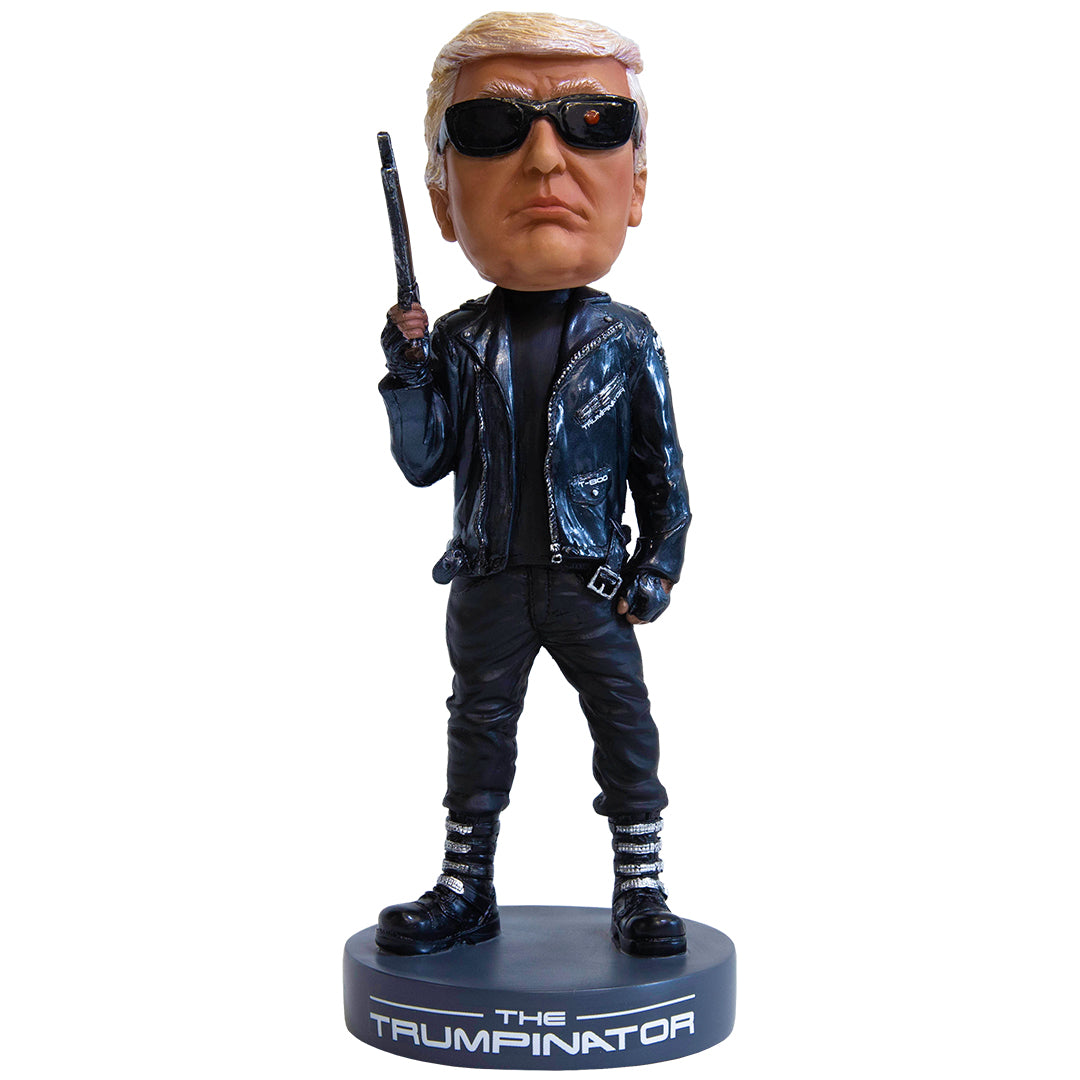In a decisive move to protect American technology industries and national security, President Donald Trump has announced a 35% tariff on Chinese electronics, targeting a wide range of imports, including smartphones, laptops, and semiconductors. This policy is the latest step in the administration’s broader effort to reduce economic dependence on China, bring manufacturing back to the United States, and counter intellectual property theft.
A Push for Fair Trade and American Manufacturing
For years, China has engaged in unfair trade practices, currency manipulation, and corporate espionage, which have severely impacted American businesses. By imposing these tariffs, the Trump administration aims to level the playing field and encourage domestic production of high-tech goods, ensuring that the United States remains competitive in the global market.
Supporters argue that while some prices may temporarily rise, the long-term benefits far outweigh the costs. By reducing reliance on foreign electronics, the U.S. can foster new industries, create jobs, and enhance national security by keeping critical technology production within American borders.
China’s Response and the Path Forward
Predictably, Beijing has threatened retaliatory tariffs on U.S. agricultural products and automobiles. However, the Trump administration remains firm, signaling a willingness to negotiate, but only under terms that prioritize American workers and businesses. The move is part of a broader effort to force China into more equitable trade agreements and stop the exploitation of U.S. intellectual property.
As this trade policy unfolds, it remains clear that President Trump is putting America First, ensuring that U.S. industries no longer suffer at the hands of foreign competitors who refuse to play by the rules.









